Airbnb is one of the most disruptive short-term rental platforms in the world right now, and that description is both complimentary and pejorative, depending on the source. According to the company’s head of global policy, Chris Lehane, Airbnb uses “technology to create economic empowerment.” However, many city officials (not to mention the entire hotel industry) in hot destination spots around the world say that the company’s rental model creates chaos in residential neighborhoods not zoned for the volume of short-term rentals Airbnb facilitates in popular tourist destinations.
For real estate investors seeking the indisputable economic empowerment offered by a successful Airbnb investment, the issue is far simpler: Where does it makes sense to invest in Airbnb properties?
Think Realty Magazine sat down with Daniela Andreevska, real estate investment data analysis firm Mashvisor’s content marketing director, to discuss this topic. She noted Mashvisor has no stated preference for short- or long-term rentals, but that they have written more about investors turning to short-term rentals here.
“There are definitely some markets that display clear red flags for Airbnb investors, however,” she said. “If you spot one of these danger signals, think very hard about an Airbnb investment in that city because you might end up with a rental property that you cannot leverage the way you had planned.”
Airbnb Investor Red Flag #1: Restrictive Short-Term Rental Legislation
“This is the number-one red flag,” said Andreevska. “Before buying a property to rent on Airbnb, check out local legislation on Airbnb specifically and other short-term rentals. This includes state, country, and city laws. Legal issues often vary from one town to the next when it comes to short-term rentals, and even the ideal spot for an Airbnb property (for example, the hottest tourist destination) will turn into a bad Airbnb market if the legislation is too restrictive.”
Example: New York City
“NYC has all the factors to make a perfect place for short-term rentals: tourists, cultural scene, colleges and universities, business travelers, etc. However, it also has some of the most restrictive Airbnb laws as of 2016, which basically killed the short-term rental industry in the city.”
Airbnb Investor Red Flag #2: High Property Prices
“Basically, this red flag is pure common sense,” said Andreevska. “Just stay away from properties beyond your investing budget. Your return on investment will be determined by the property price, rental rate, and occupancy rate, and there will be a limit on how much you can ask your guests to pay per night.”
Examples: Two investment properties in two neighborhoods in Jacksonville, California: one in Avondale and one in Springfield
“The minimum down payment in the Avondale neighborhood would likely be as much as $89,900, whereas in the Springfield neighborhood, the down payment could be nearly $40,000 less. According to our data, cap rate in Avondale is 1.3 percent, while it is 6.2 percent in Springfield.”
Airbnb Investor Red Flag #3: Low Occupancy Rates
“Even if you charge a few hundred bucks per night, if you can’t attract enough guests to your Airbnb rental, your return on investment will be low,” warned Andreevska. “Look for locations – both cities and neighborhoods – that boast high Airbnb occupancy rates.”
Examples: Miami Beach* and Fort Lauderdale, Florida
The average Airbnb occupancy rate in Miami Beach is 66.9 percent, while it is 48.2 percent in Fort Lauderdale. The average cap rate in Miami Beach is 3.5 percent, compared to 1.5 percent in Fort Lauderdale.
*Miami Beach is a good example of a market in the process of aggressively restricting Airbnb rentals via local legislation, so Andreevska’s Red Flag #1 should play into any decision to invest in this area.
Want more on this topic? Check out the Top 5 Markets for Airbnb Investments in June 2018 here.



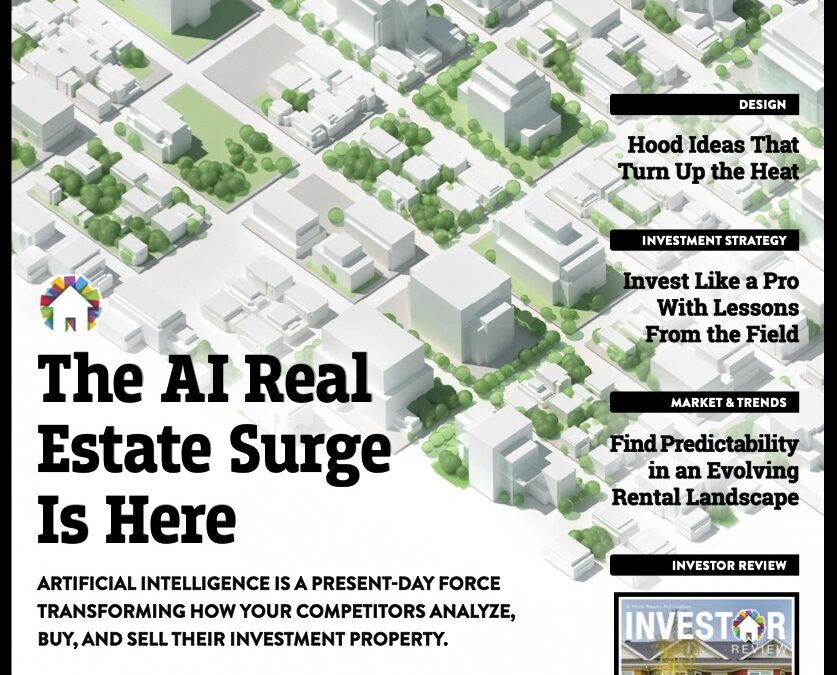
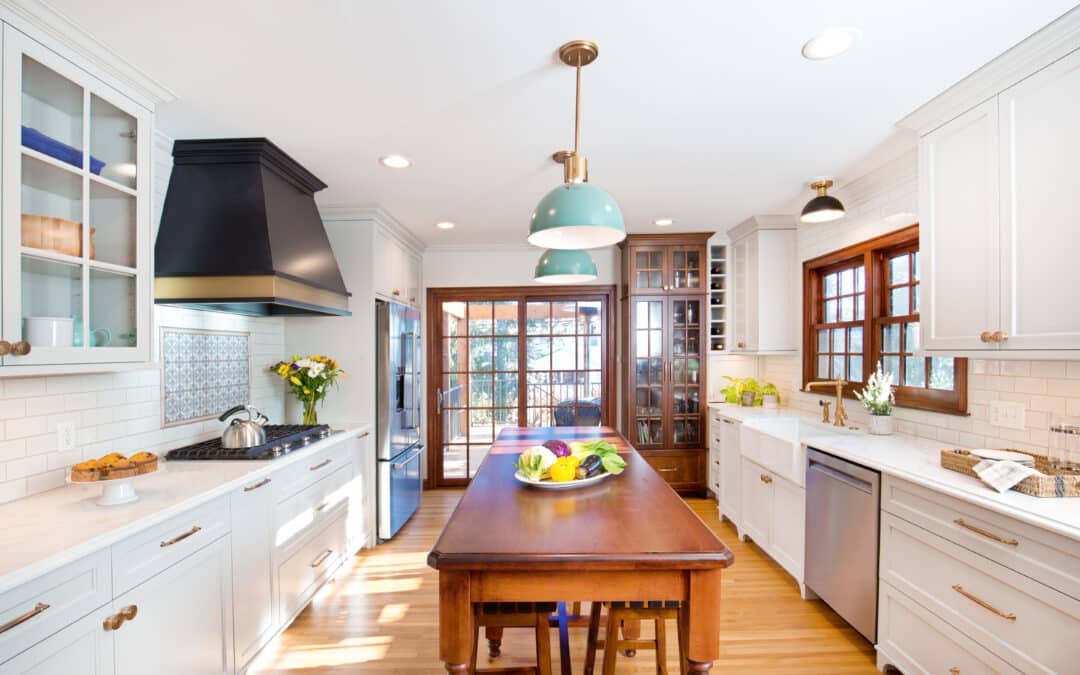

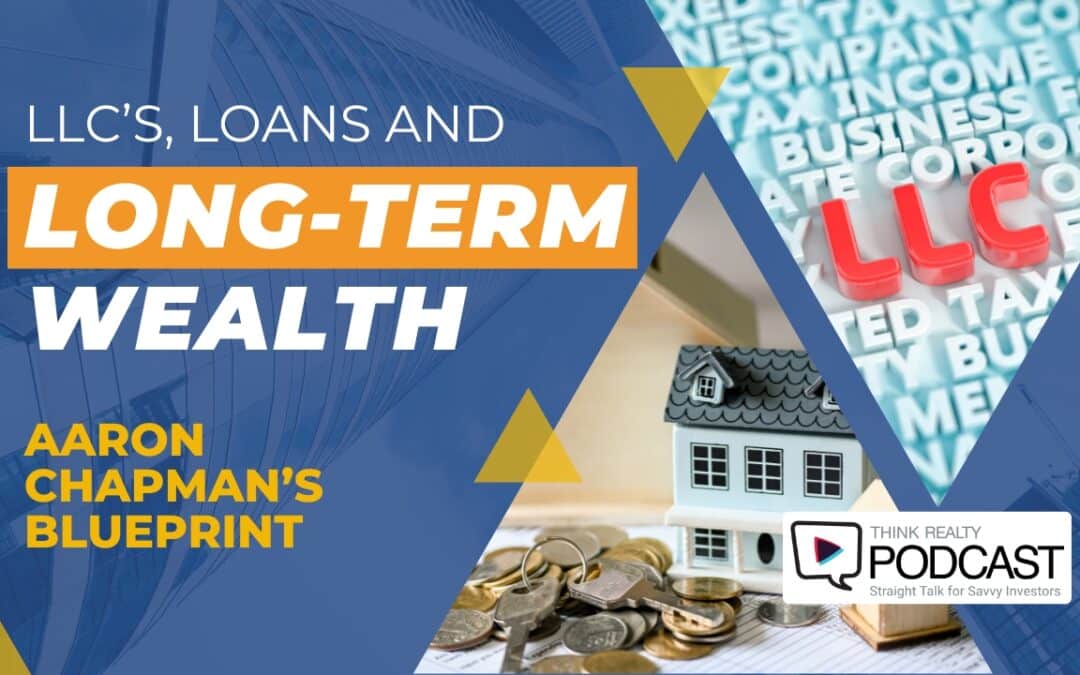



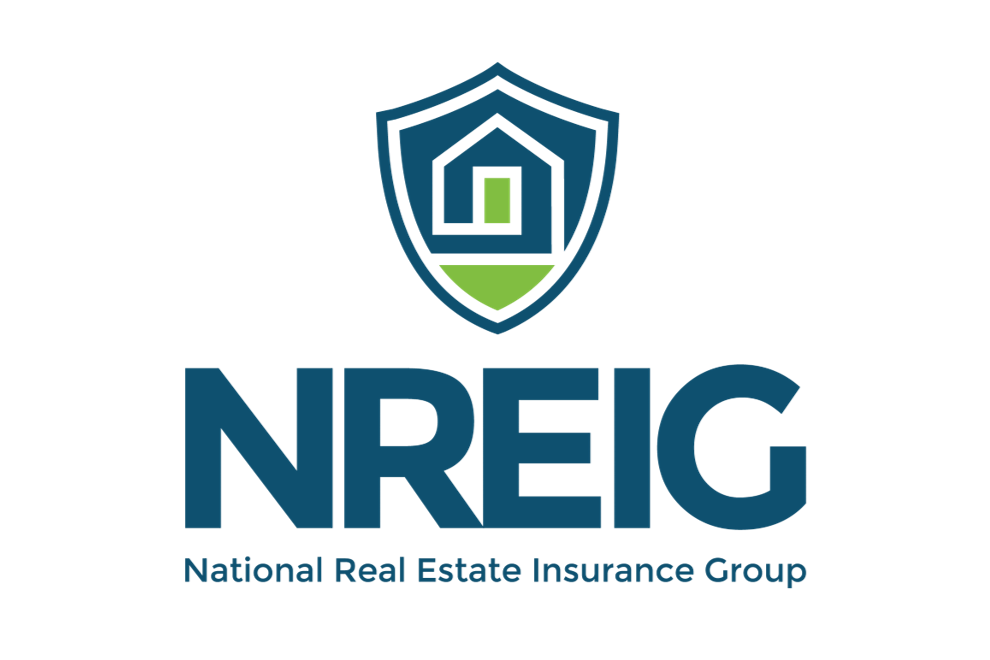


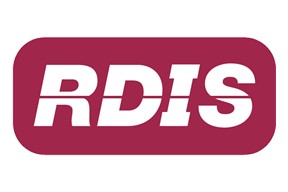
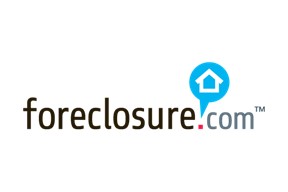




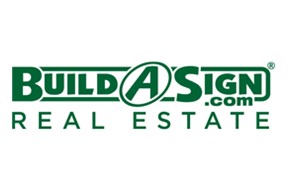




0 Comments